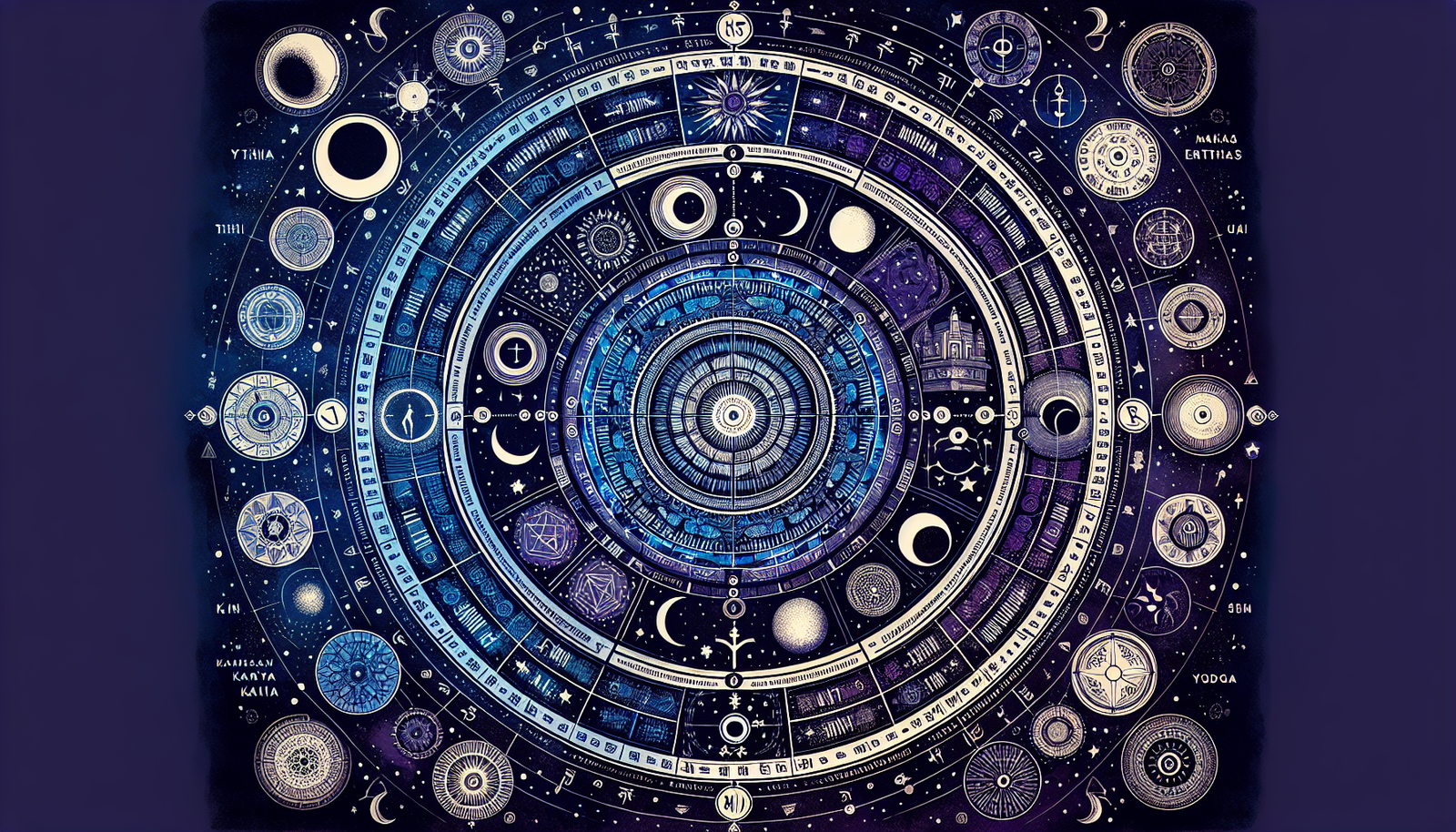Astrology is a vast and intricate field that provides valuable insights into our lives based on celestial positions and movements. Among the many tools used by astrologers, the Panchang holds a significant place. It is a traditional Hindu calendar that offers essential information about the solar and lunar cycles. In this blog post, we will explore the elements of Panchang, its significance, and how it can guide us in our daily lives. Whether you’re a seasoned astrologer or a curious beginner, this guide aims to simplify your understanding of Panchang.
What is Panchang?
The term Panchang is derived from two Sanskrit words: “Pancha,” meaning five, and “Anga,” meaning limbs. Thus, Panchang is a calendar that consists of five key components, each providing specific astrological information that is essential for planning various aspects of life.
The Five Elements of Panchang
Let’s delve into the five components of Panchang to better understand its significance:
- Tithi
- Vaar
- Nakshatra
- Yoga
- Karana
Tithi
Tithi refers to the lunar day, the time span between two successive full moons. There are 30 Tithis in a month, and they play a vital role in determining auspicious timings for various activities. Each Tithi can be either Shukla (waxing phase) or Krishna (waning phase), influencing the nature of actions performed. For example, Shukla Tithis are generally considered good for initiating new ventures.
- Shukla Paksha: The waxing phase of the moon, ideal for starting new projects.
- Krishna Paksha: The waning phase, suitable for introspection and completing tasks.
Vaar
Vaar signifies the day of the week. Each day is associated with a celestial body and has its own qualities and influences. Knowing the Vaar helps individuals plan activities according to the energies of the day. Here’s a brief overview:
- Monday: Associated with the Moon, great for emotions and creativity.
- Tuesday: Linked to Mars, good for taking action and assertiveness.
- Wednesday: Related to Mercury, ideal for communication and intellect.
- Thursday: Connected to Jupiter, excellent for growth and expansion.
- Friday: Associated with Venus, perfect for love and beauty-related activities.
- Saturday: Linked to Saturn, suitable for discipline and hard work.
- Sunday: Relates to the Sun, best for leadership and self-expression.
Nakshatra
Nakshatra refers to the lunar mansions, of which there are 27. Each Nakshatra carries distinct characteristics and symbolism. The Nakshatra in which the Moon resides at the time of your birth can greatly influence your personality and experiences. Choosing favorable Nakshatras for significant events can enhance positive outcomes.
Yoga
Yoga in Panchang represents a specific combination of planetary positions. There are 27 Yogas, and each one has its own implications for activities carried out during that time. For example, certain Yogas might be better suited for religious ceremonies, while others may be ideal for business ventures.
Karana
Karana refers to half of a Tithi, making it a more granular measurement of time. There are 11 Karanas, with each one suitable for various actions. Understanding Karanas can help choose the best times for actions ranging from travel to finance.
How to Use Panchang
Using Panchang effectively involves understanding its elements and how they relate to your personal situations. Here are some practical tips:
- Planning Events: Use Panchang to select auspicious dates and times for weddings, business launches, and other significant events.
- Daily Activities: Align your tasks with favorable Tithis and Karanas for better results.
- Spiritual Practices: Decide on the best times for meditation, prayers, or rituals by consulting the Nakshatra and Vaar.
- Health and Well-being: Certain days may be better for starting diets or exercise plans based on the energies of the week.
Significance of Panchang in Daily Life
By integrating the use of Panchang into your daily life, you can:
- Enhance your decision-making by relying on auspicious timings.
- Plan for growth and success in personal and professional endeavors.
- Connect more deeply with spiritual practices and traditions.
- Foster greater awareness of cosmic energies and their influence on our lives.
Panchang vs. Western Astrology
While Western astrology often relies on the twelve zodiac signs and their transits, Panchang is composite and involves various elements of Hindu astrology. Understanding these differences can help you appreciate the richness of both systems. Western astrology may focus more on horoscopes and planetary aspects, whereas Panchang provides a calendar-based approach that emphasizes timing and auspiciousness.
Conclusion
In summary, the Panchang is more than just a calendar; it is a powerful astrological tool that offers insight into favorable timings based on lunar and solar movements. By understanding its five elements—Tithi, Vaar, Nakshatra, Yoga, and Karana—you can navigate life’s challenges and opportunities with greater ease.
Whether you are planning a wedding, launching a new business, or simply wanting to align your daily activities with cosmic energies, Panchang can serve as a guiding light. As you delve deeper into the world of astrology, integrating Panchang into your routine can unlock a deeper understanding of yourself and the universe around you.
So, embrace the wisdom of Panchang, and allow its insights to enrich your life today!

